Saleswhale Blog | 9 Min Read
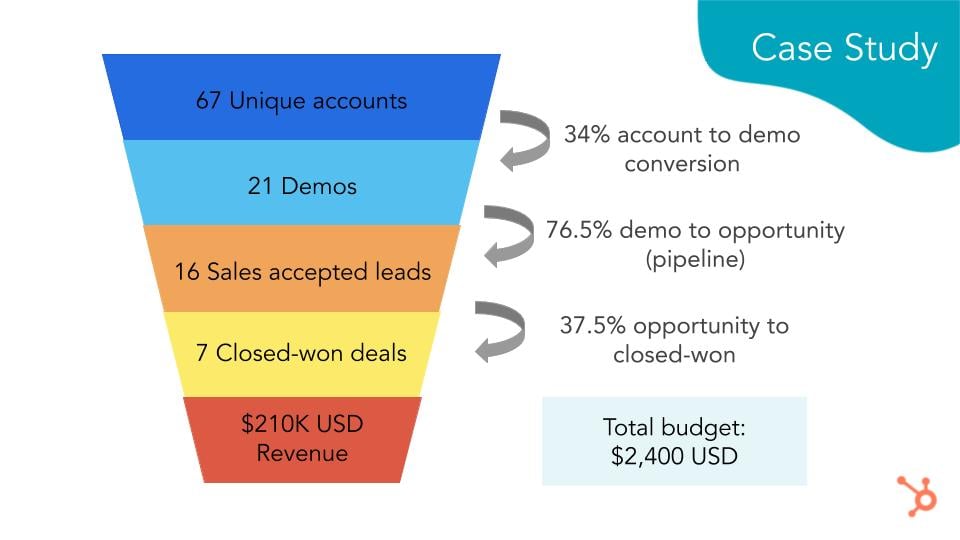
This blog post is adapted from a talk I gave at HubSpot, which you can find the recording here, and the slides here.
"Isn't ABM (account-based marketing) just a buzzword to describe targeted marketing?", quipped Thu, my head of product.
This was late 2019.
The marketing team was looking to experiment with ABM to go after larger mid-sized companies.
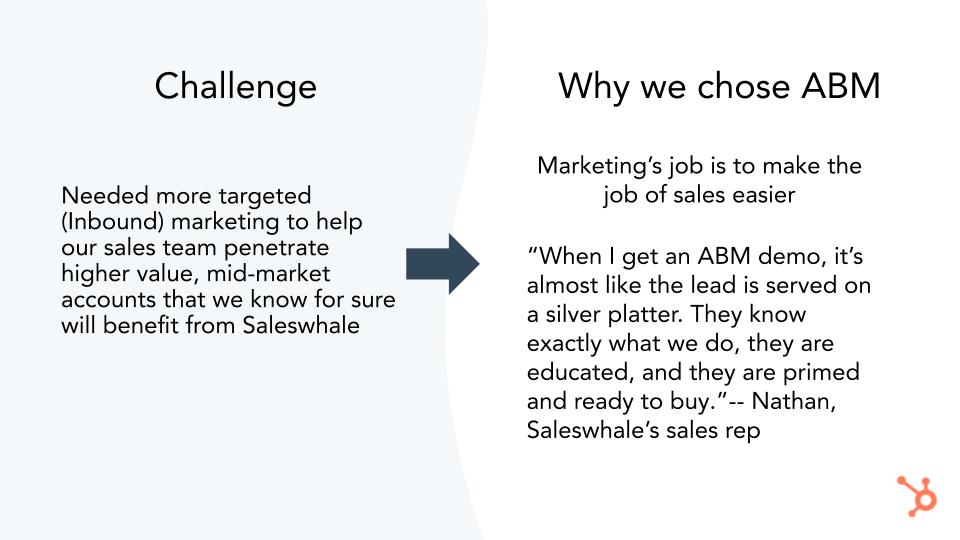
Now, most information on the internet about ABM can be a little hand-wavy and abstract:
"Account-based marketing (ABM), also known as key account marketing, is a strategic approach to business marketing based on account awareness in which an organization considers and communicates with individual prospect or customer accounts as markets of one."
What the hell does this even mean?
I'm going to skip all the fluffy stuff, and get right down into tactics.
.jpg)
If you are looking for an explanation on what is ABM, what the benefits are, or why you should use ABM - this is not the article for you.
There are other resources on the internet that can explain it better than I ever can (or have the patience to).
This article is going to be a tactical sharing of our best performing ABM campaign, in Feb 2020.
.jpg)
We started off by selecting 67 accounts.
Which led to 21 demos, 16 sales accepted leads, and 7 closed-won deals for a total of $210K in revenue.
The total budget was $2,400 - most of which was spent on LinkedIn Ads, and a small portion for handwritten notes and gifts.
The campaign ran for 45 days in total.

We used a relatively simple technology stack:
HubSpot as our marketing automation platform
Salesforce as our system of record
Leadfeeder to track website visitors to accounts
Figma to design our marketing collaterals
LinkedIn Campaign Manager to run our LinkedIn Ads
Saleswhale for pipeline acceleration
All the above tools, with the exception of LinkedIn Campaign Manager (which you need to run ads), are optional. They can be replaced with a spreadsheet and manual human labor.
.jpg)
Here are the three things we learnt.
It's hard to understate the importance of selecting the right set of accounts to go after.
But where do you begin?
We started by analyzing our historical Salesforce data:
Closed-won rates
Sales cycle times
Lifetime value (LTV) & churn
Product adoption
We teased out similarities between our best performing accounts, and clustered them.
Afterwards, we created a hypothesis, themes around pain points & use cases - and validated our approach with the sales team.
It's important to keep the sales team closely involved in the account selection process, and allow them to recommend and contribute ideas / accounts for consideration.
However, I would NOT recommend giving Sales free rein to choose whatever accounts they want.
This is to prevent them from using your ABM campaign as a "wish-list" of accounts to go after. Which means that the hodgepodge of accounts they select may not fit into your tightly orchestrated ABM campaign.
For our ABM campaign, we decided to focus on accounts which:
Have at least 200 employees
Are in the B2B technology space
Using a marketing automation platform (check with BuiltWith)
Using Salesforce
Has more than 3 quota-carrying sales reps (check against LinkedIn)
Generating more than 300 inbound leads per month (proximate - check for lead magnets / webinars on website + cross-reference against Alexa web traffic)
Are doing at least one top-of-the-funnel webinar a month (check against website and company social)
Are hiring actively for inside sales development reps (check against website careers page)
The more specific and tightly controlled your account list, the easier it is to create messaging and content that resonates with them.
.jpg)
Next, building out our buyer personas.
At Saleswhale, we adhere to the 4-1 rule.
The 4-1 rule stipulates each account should have at least 4 prospects we are going after at any point in time. And that 1 of the 4 prospects must be a decision maker with budget / purchasing power.
The 4-1 rule helps to build grassroots familiarity, and ensures an account is saturated with enough "air cover" during the 45 day campaign to influence key decision makers.
We segmented our buyers into 5 distinct personas:
P1 - Heads of Marketing / Growth / Demand Gen (decision makers with purchasing power)
P2 - Marketing / Growth / Demand Gen Managers
P3 - Marketing / Sales Ops Managers
P4 - C-level decision makers (interestingly enough, they are not decision makers, but executive sponsors / influencers)
P5 - Sales / SDR Directors
We created tailored content for each persona - from ads, to collaterals, to email messaging - in a distinct track, which I'll cover later.
What do you do if you are unclear about your personas, or how to create tailored content for them?
Easy - call up your existing customers and talk to them.
At Saleswhale, we called up and spoke to 100 decision makers and end users of our platform.
What were their top priorities?
What are their biggest challenges?
What content do they consume?
What are they trying to learn now?
We then mapped all of these learnings systematically into a spreadsheet:
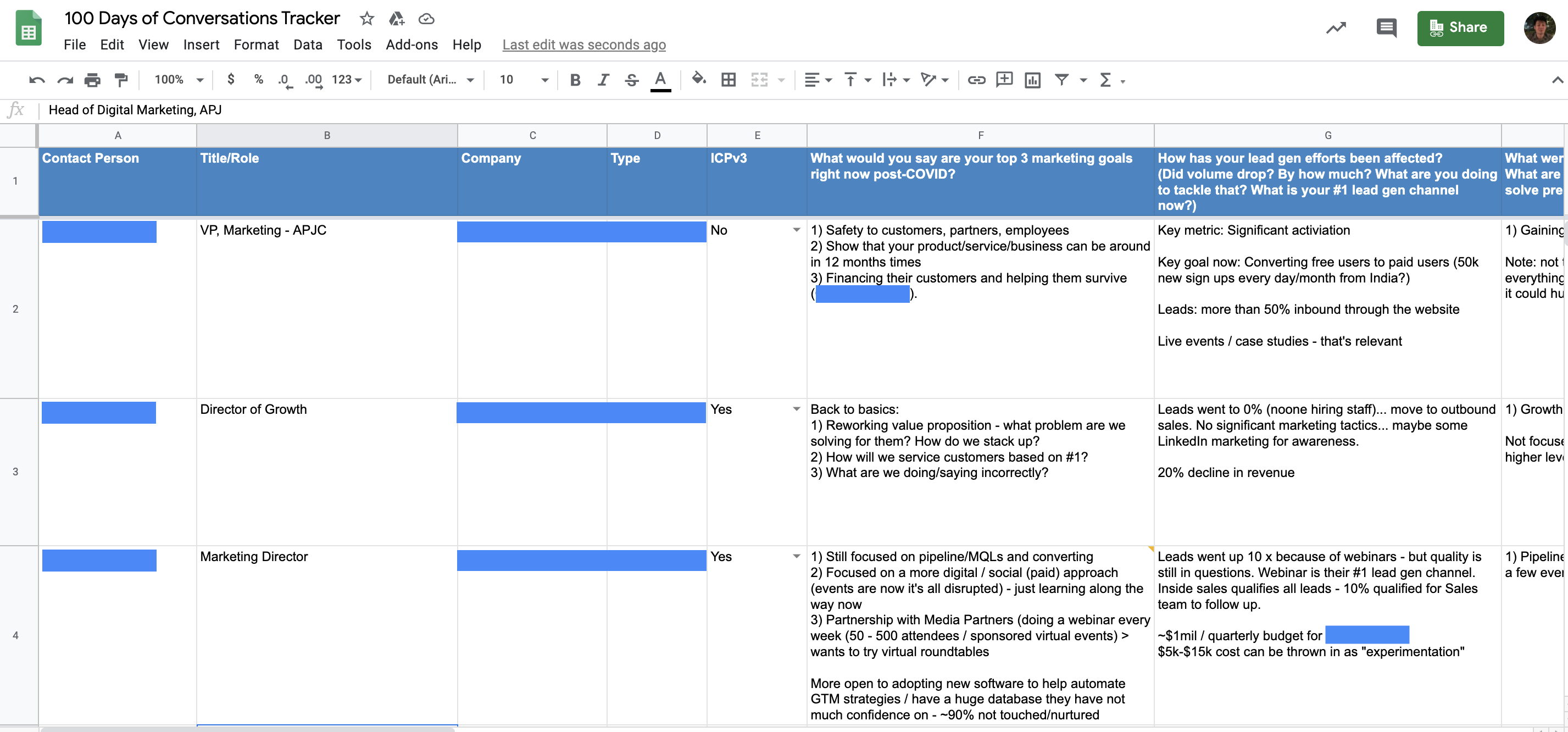
The learnings from this spreadsheet helped us group together personas, and understand how to create content that would resonate with each segment.
.jpg)
Next, we used LinkedIn Matched Audiences to make sure that we show our ads to only people working at the target accounts.
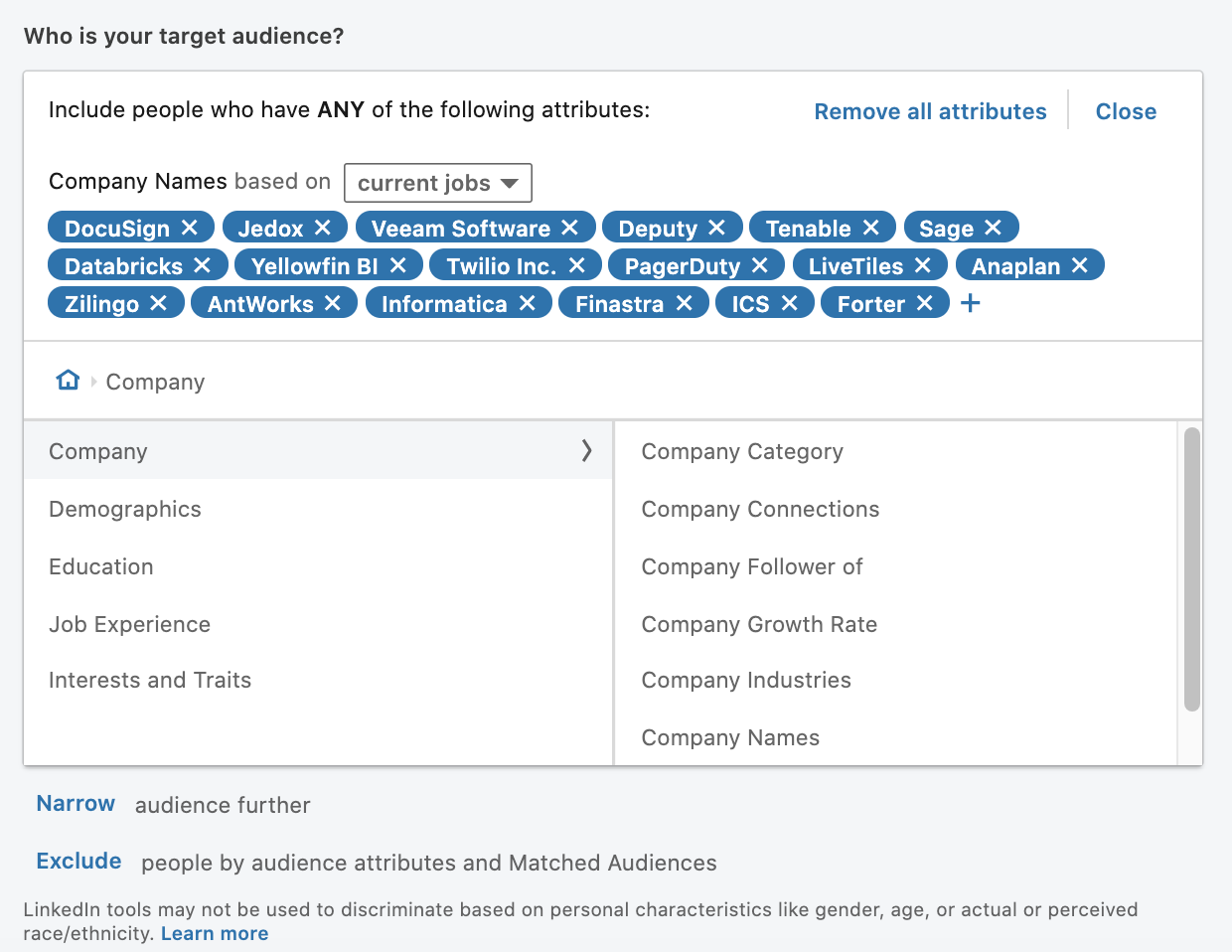
At this stage, the ads shown are mostly for top-of-the-funnel (TOFU) content, to educate customers about the problem space.
Here's an example of a TOFU ad which links to an article we wrote:
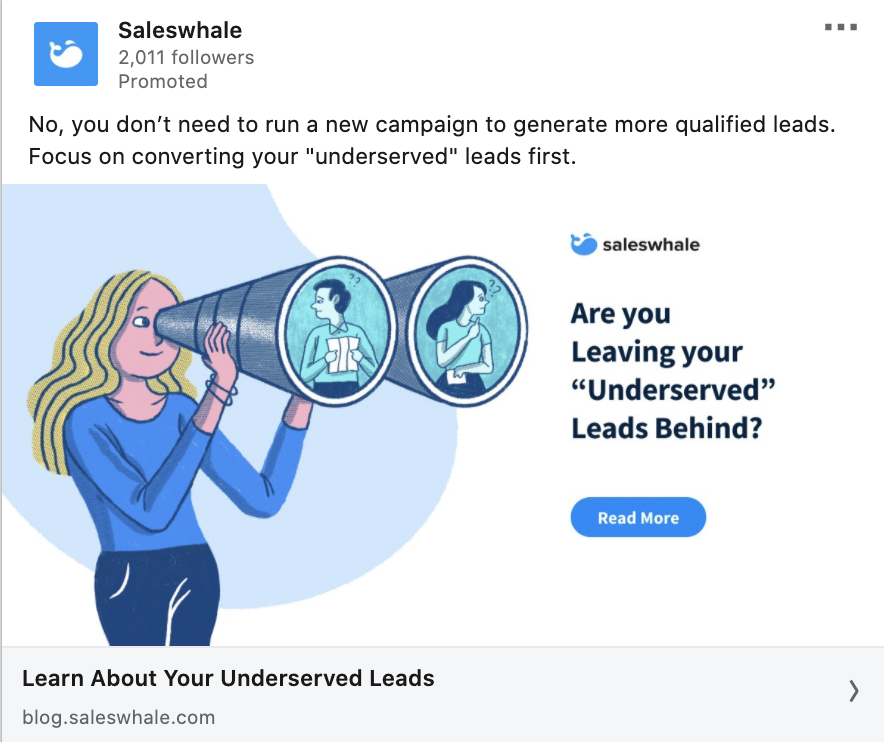
After a pre-determined amount of time (~2 weeks), we swapped out the TOFU content for middle-of-the-funnel (MOFU) content.
MOFU content is the bridge between the high-level problem space and the value our product provides.
Here's an example of a MOFU ad which points to an eBook we wrote:
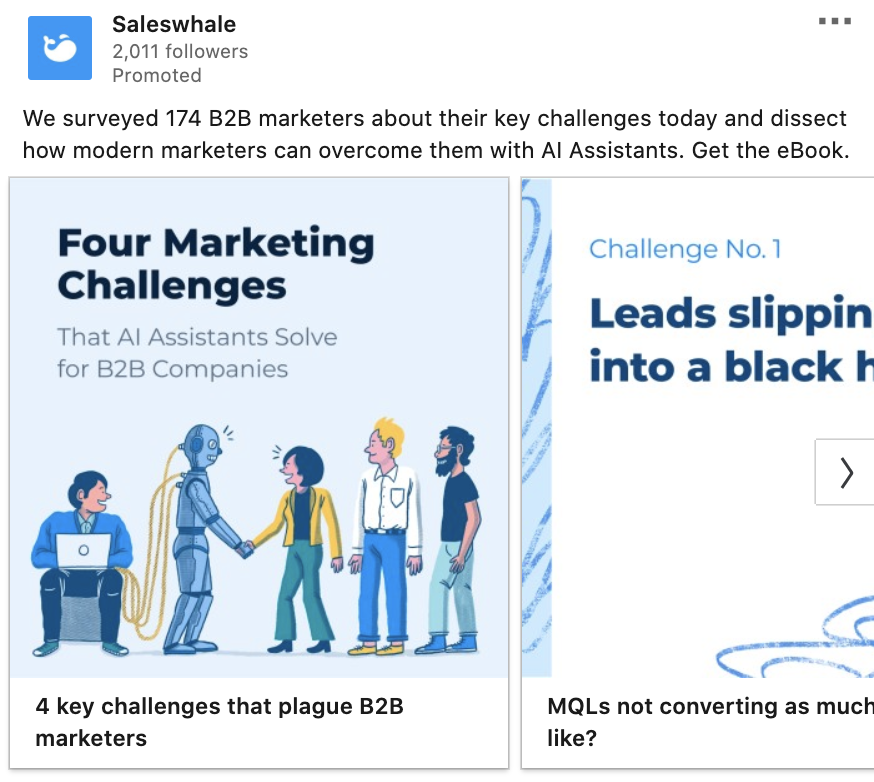
The landing (squeeze) page for the eBook download:
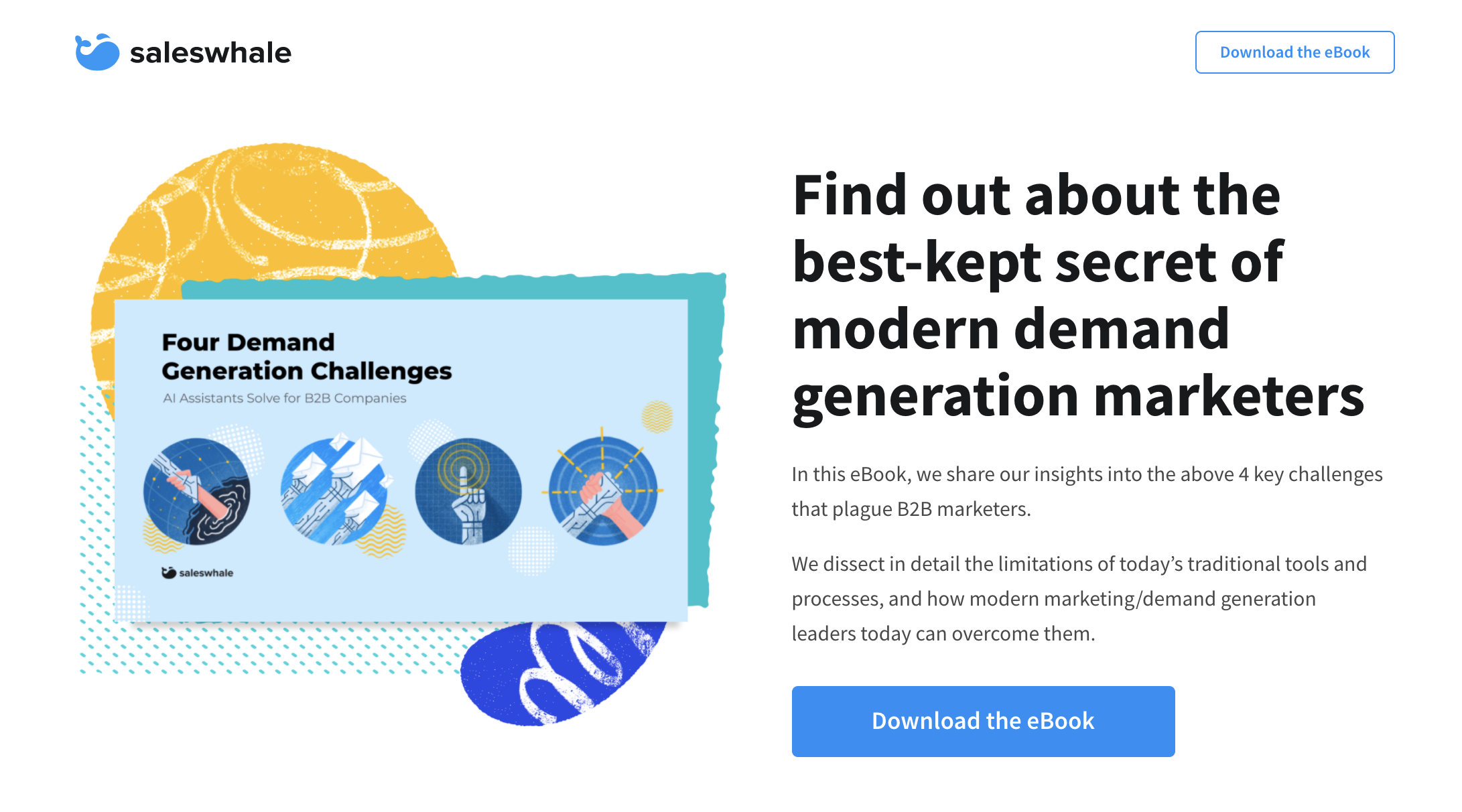
We monitor accounts for engagement:
.png)
When accounts hit a certain engagement threshold (or fail to do so, after a pre-set amount of time), we would dog-food our own product and use Saleswhale to do email outreach.
You can replace Saleswhale with human sales labor.
While it's tricky trying to convince your sales team to devote time on accelerating leads down the funnel (instead of spending time selling) - if you have a dedicated sales development (SDR) team, or you are willing to do this manually yourself, you can make this work.
Here's an example of a MOFU acceleration email conversation play that our AI assistant, Dolores, ran for a particular track:
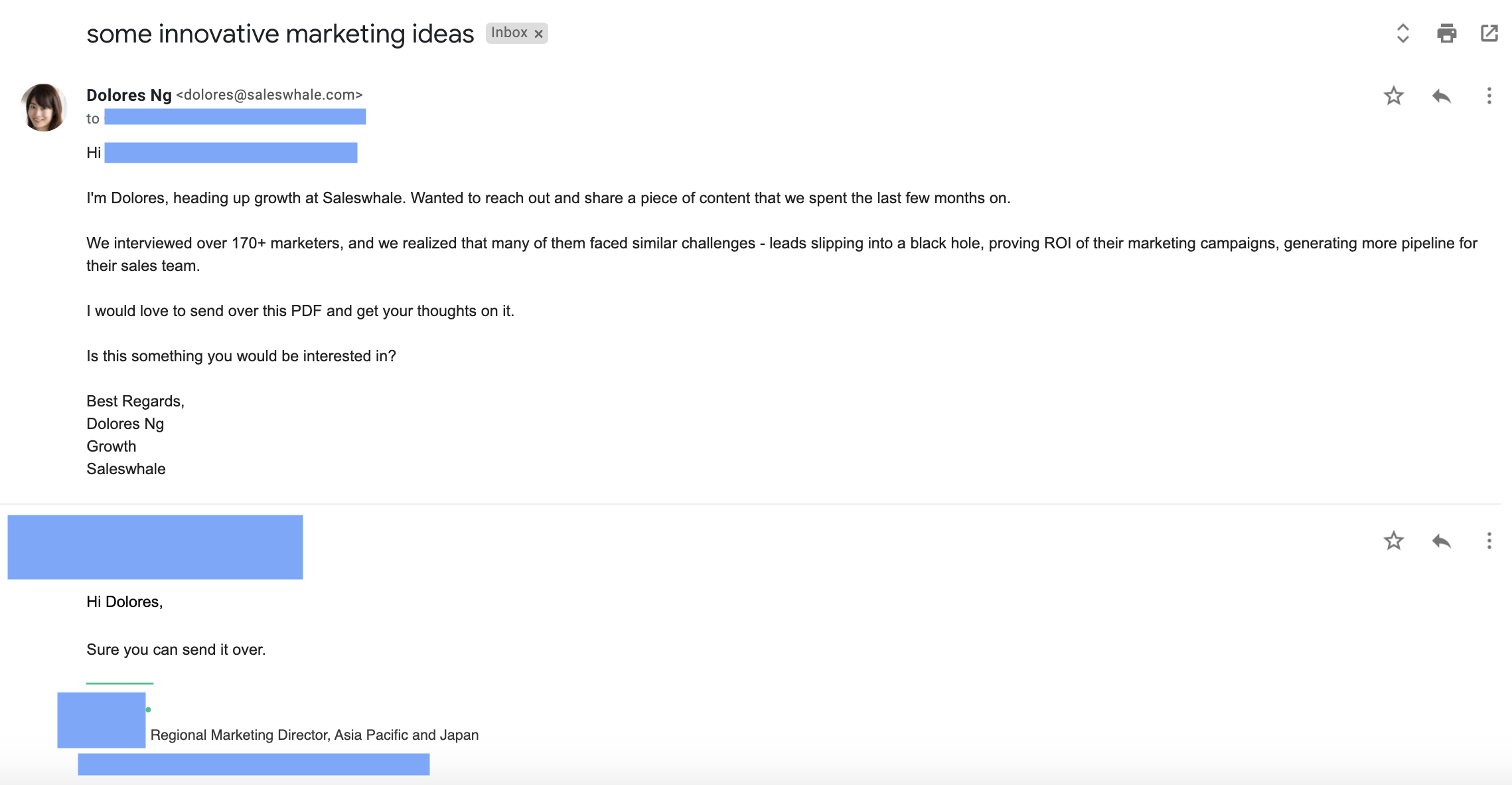
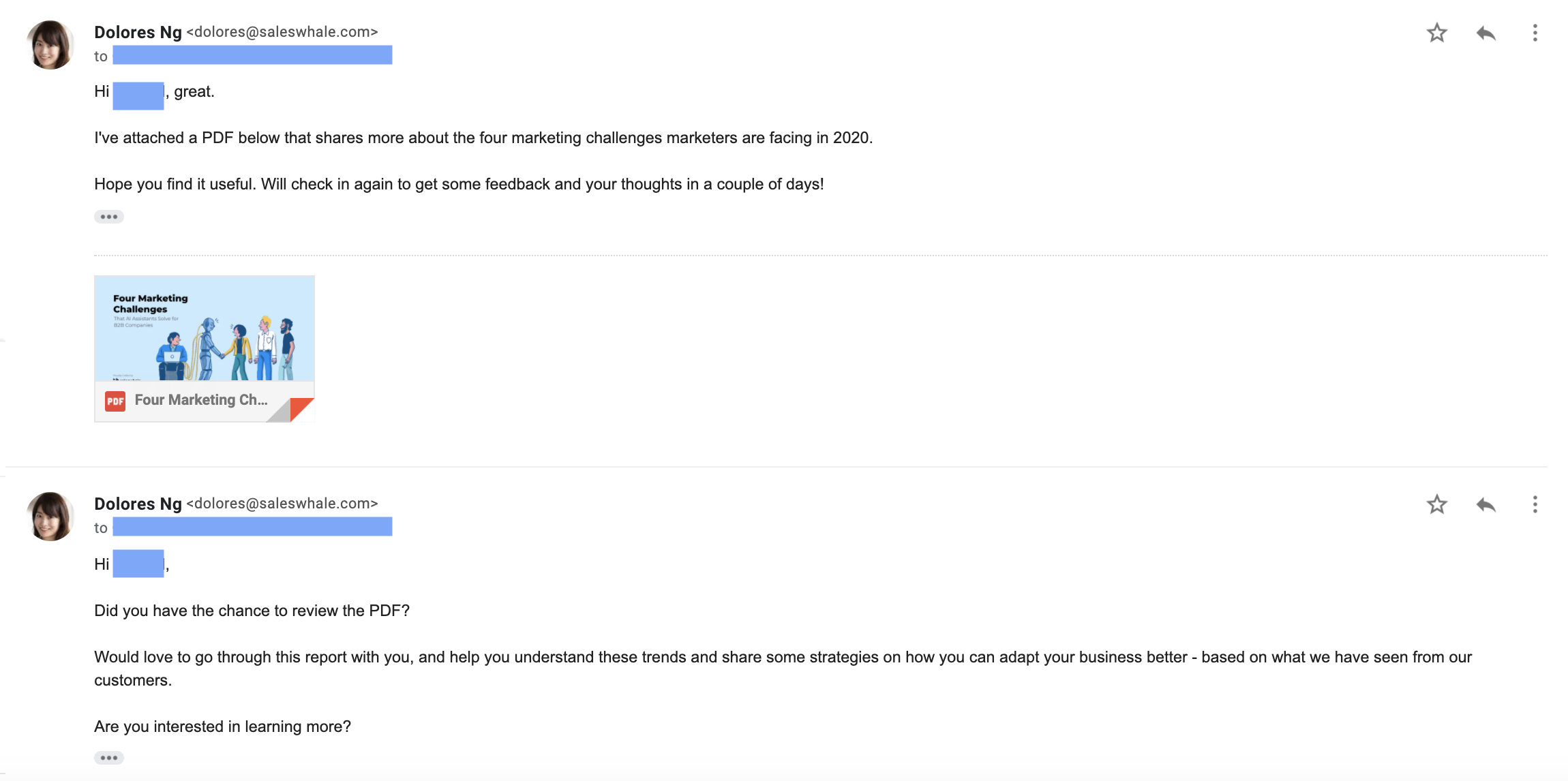
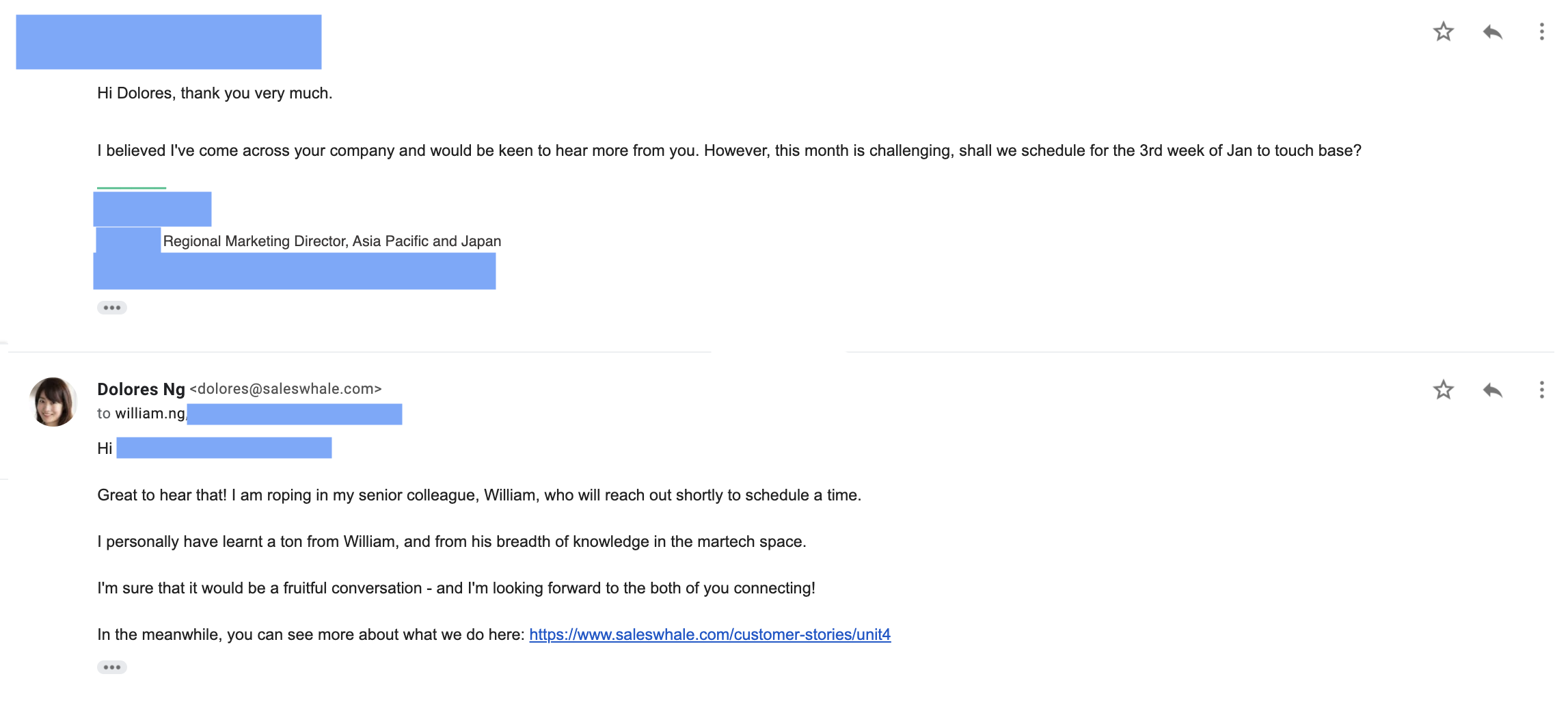 The above conversation resulted in a $48K deal with this account.
The above conversation resulted in a $48K deal with this account.
Some learnings around LinkedIn Ads:
LinkedIn Sponsored Content works well - especially video ads, which work really well
LinkedIn Lead Gen Forms didn't work well for us - they were very expensive, and for some reason, the conversion rate to meetings was extremely low
What's the best form of video content?
Forget those cheesy cartoon company introduction videos that you outsource for $300 on Fiverr.
Customer testimonial videos work the best. Here's how to produce these videos easily:
What's a scrappy way to get customer testimonial videos?
Get your best customers to shoot a raw, unedited 30 second video of themselves on their iPhone (raw and authentic works best, don't need to be over-polished), and talk about:
The problem they were facing before they used your product
What made them want to search for a solution
How they came across your product
How your product solved their problem
Add captions, edit lightly, and upload it to LinkedIn. There you go.
Remember to send your customers some swag, or a token of appreciation for their efforts.
.jpg)
.jpg)
A two key tenets I believe in:
The job of Marketing is to make the job of Sales easier
Marketing should be measured by revenue (not leads, or MQLs)
The corollary to the above - if the leads/pipeline/opportunities you are creating for sales are not turning into revenue, then all your efforts on ABM are wasted.
A hurdle that your sales team have to overcome, especially today - is the finance department of their prospects.
So, what we actually did was to create this thing called a mutual value proposal template for the Sales team.
The idea is to co-create and sign off on this document in tandem with their stakeholders, and present this together to their CFOs.
You can download the template for the Mutual Value Proposal here.
In 2021, if you are in B2B, you probably will not be able to avoid Account Based Marketing.
Successful orchestration of ABM requires buy-in from your Sales team, content & design team, and leadership team.
My refrain is to start small, don't be afraid to experiment, and see what works best for you.
All the best!
PS. If you want to download the slides from the talk, you can do so here.


Co-founder & CEO at Saleswhale
Sign up for cutting edge ideas on conversational marketing, AI assistants and martech.

Saleswhale for Salesforce allows you to build powerful automated lead conversion workflows. This allows you to re-engage with your neglected marketing leads at...
19 APR 2021
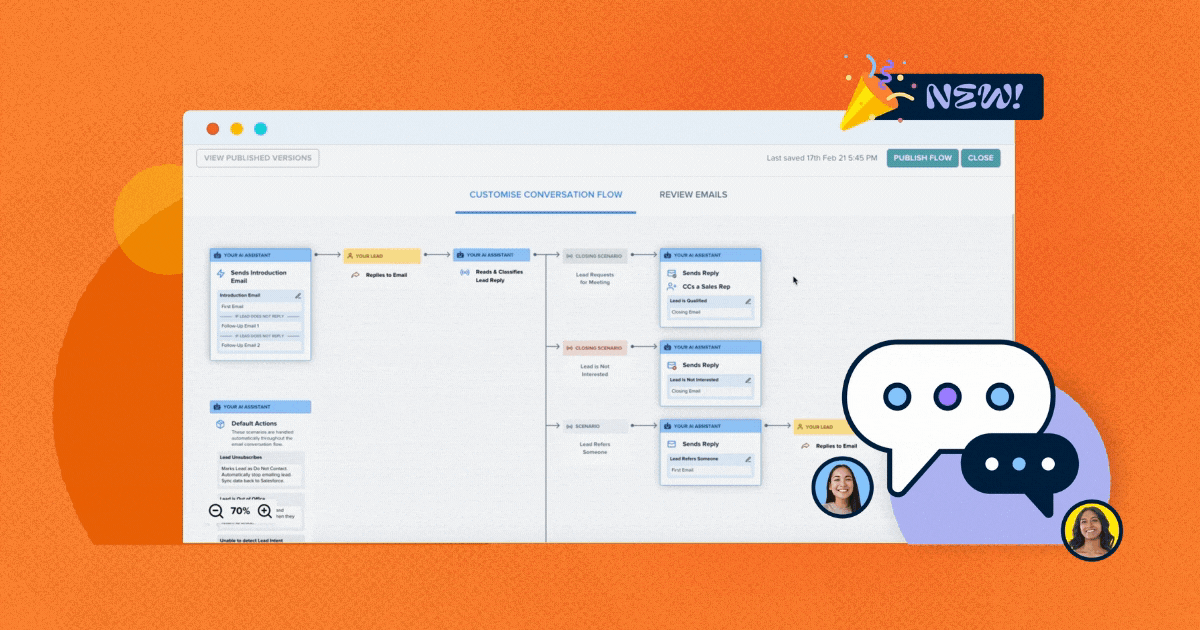
Demand generation and marketing teams generate more leads at the top of the funnel than ever in this new digital-first world. Saleswhale helps ensure those...
1 MAR 2021
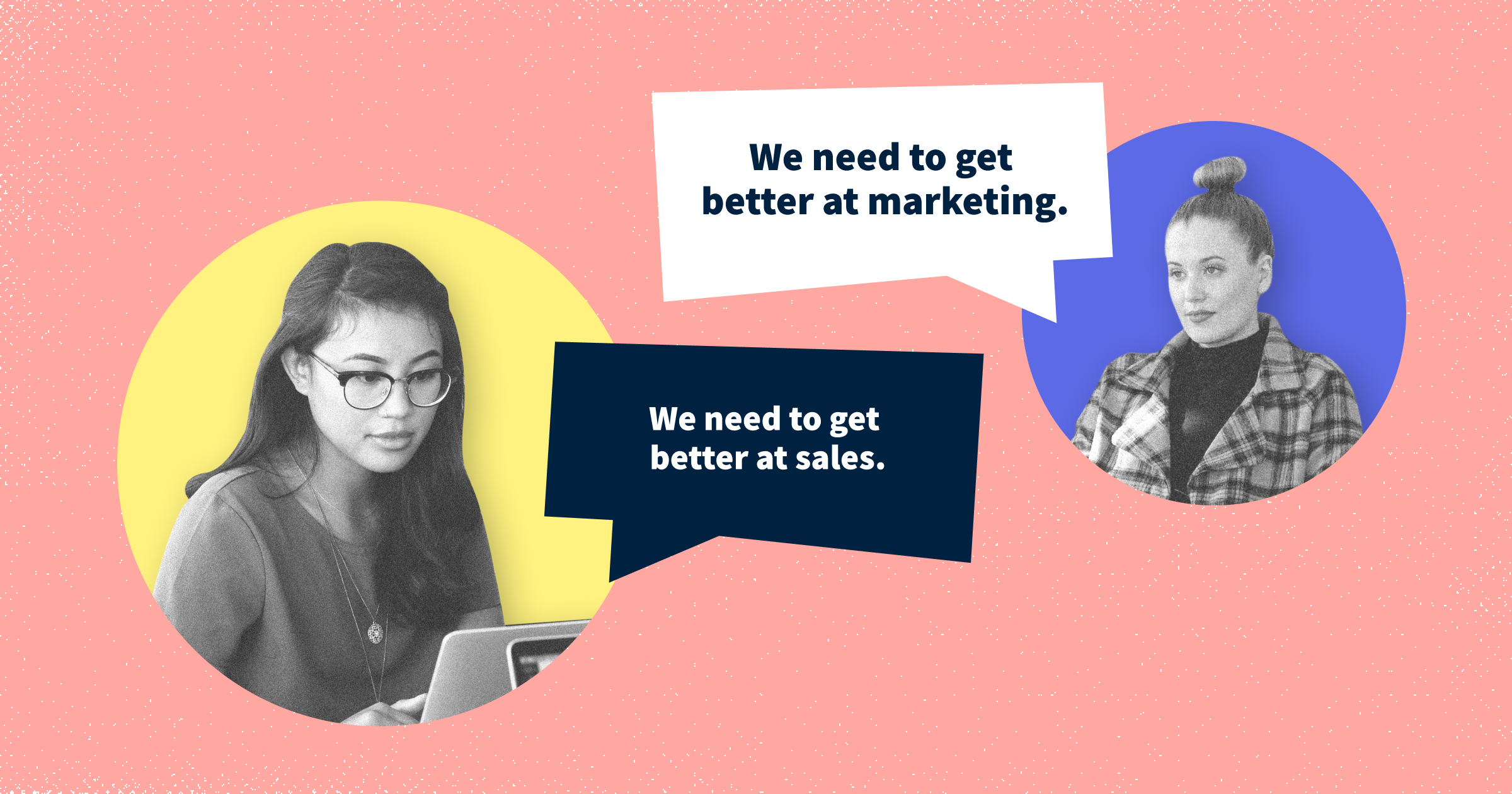
Marketers that focus on MQLs end up doing the wrong things in order to achieve the metrics. So I changed it.
16 JUN 2020
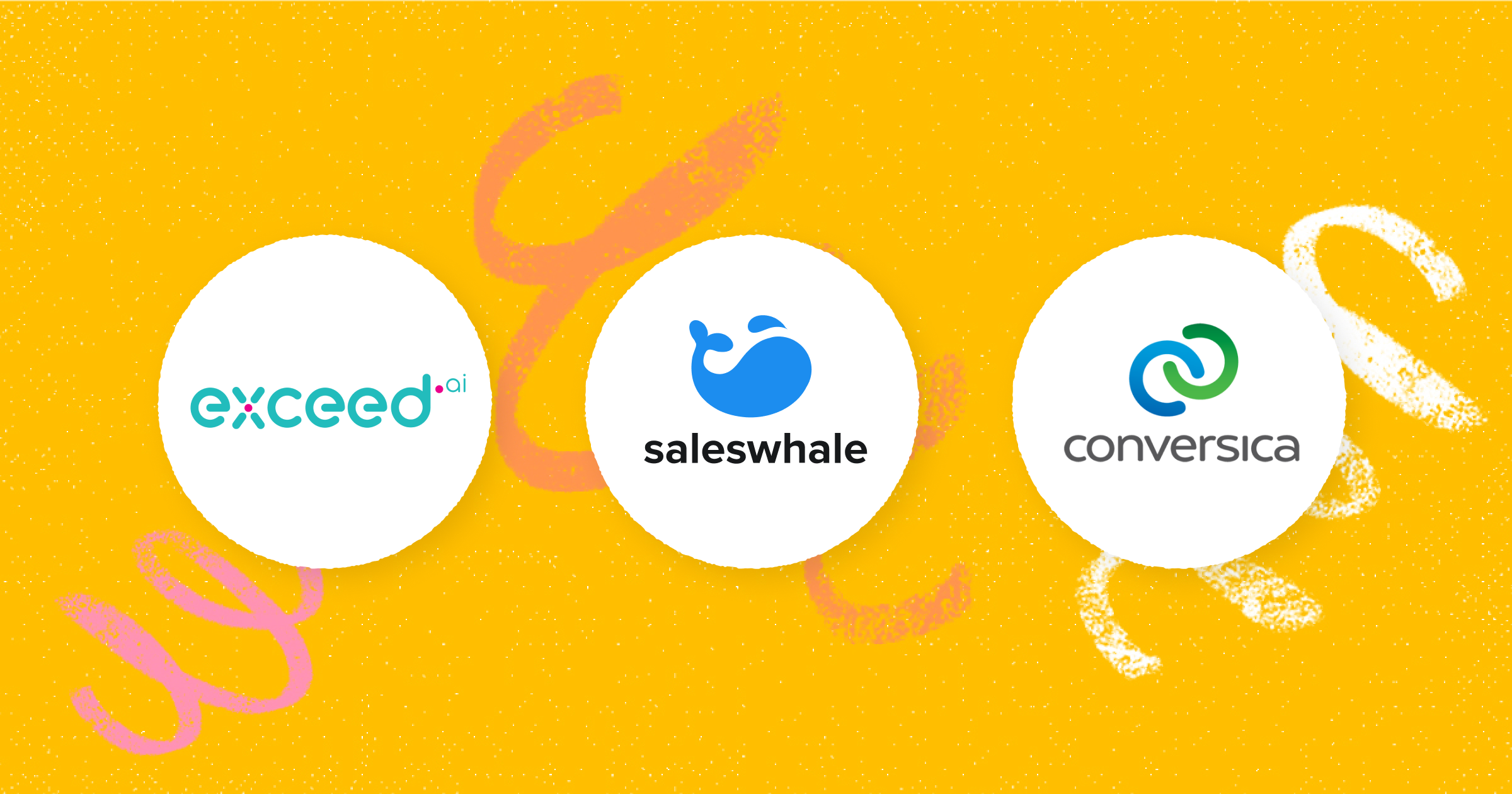
Conversica isn't the only player out there. Learn how Saleswhale and Exceed.ai compare and make an informed decision.
15 APR 2021
By providing your email you consent to allow Saleswhale to store and process the personal information submitted above to provide you the content requested.
You can unsubscribe at any time by clicking the link in the footer of our emails. For information about our privacy practices, please visit our privacy page.